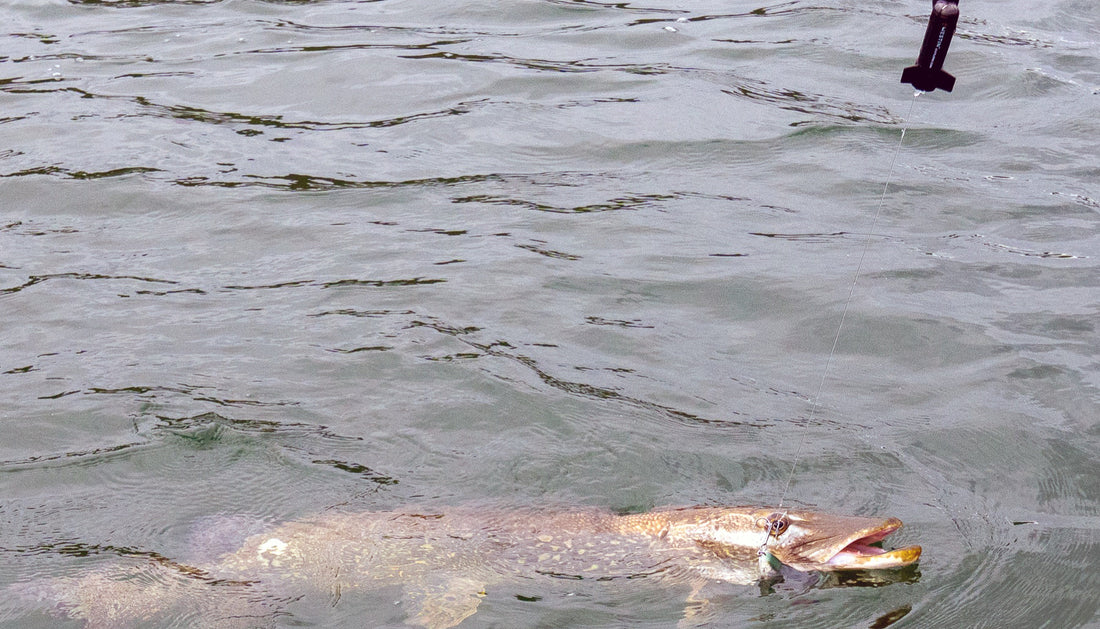
Quick Guide to Underwater Camera for Fishing
If you want better footage and better decisions on the water, an underwater camera for fishing is the tool that shows you what is really happening around your lure. This guide explains what to buy, how to rig it, the settings that matter, and the conditions where filming pays off. For a deeper spec checklist, read what makes an underwater camera good for fishing.
What an underwater camera does for your fishing
Line mounted cameras reveal lure action, fish behavior, and structure in real time. You see the follow, the flare, the nip, or the refusal. That feedback lets you change cadence, color, or angle on the next cast. If you are weighing pros and cons, start with how well do underwater fishing cameras work.
Quick answer for camera choice
Both Westin models record 1080p Full HD at 30 or 60 fps and are depth rated for serious pressure.
- Explore Cam is ultra compact and built for casting. Runtime is about 1 hour 25 minutes at 30 fps. Small profile is ideal when you want minimal drag ahead of a lure.
- Escape Cam is slightly larger with about 2.5 hours of runtime at 30 fps and stabilizing hardware that helps in current and chop.
If long casts are your main use case, compare setups in best underwater fishing camera for casting.
Settings that actually matter
- Frame rate Choose 60 fps to slow down strikes and fast retrieves. Choose 30 fps to extend battery life and reduce file size.
- Color balance If your camera offers white balance options, pick the one that keeps natural tones in your water type.
- File management Short clips are easier to scan and share. Five to ten minute segments help you find the moment fast.
A day one setup that works
Mount the camera inline ahead of your lure or bait. Thread the main line through the guides, then connect leader to the quick change swivel. Keep the main line stronger than the leader so a snag breaks at the lure, not at the camera. The Y fin adds directional stability with aggressive lures and the Dive Lip helps the camera track and stay submerged on faster retrieves. For exact spacing and angle, walk through how to film an underwater strike with a fishing camera.
When conditions help and when they do not
Clarity and light matter most. Start in clear to lightly stained water with good sun penetration and work shallow to mid depth first. In murk, push close to hard structure or into pockets in vegetation so the lens still sees motion and shape even at short range. For environment specific tips, see freshwater versus saltwater underwater cameras.
Storage and sharing on the water
Use a quality microSD rated C10 or V10 or better and format it exFAT. To review between casts, use a phone card reader or OTG adapter. VLC or your phone’s native editor is fine for trimming a quick highlight before posting.
Troubleshooting that saves a session
- No recording Reseat the end cap and verify the status LED through the cap if your model supports it.
- Shaky footage Add the Y fin, shorten the leader between camera and lure, and slow the retrieve a touch.
- Jerky playback on phone That is usually the player or the card. Try a faster card and test playback in VLC.
- Fogging or smear Rinse with fresh water, dry fully, and check the O ring. A tiny bit of silicone grease restores smooth sealing.
Recommended next reads
Learn how to evaluate features in what makes an underwater camera good for fishing. Dial in your casting rigs with best underwater fishing camera for casting. Get the exact steps to capture hits in how to film an underwater strike with a fishing camera. Understand strengths and limits in how well do underwater fishing cameras work.
Where to buy
Compare both models and current availability on the Products page here Westin underwater fishing cameras.
